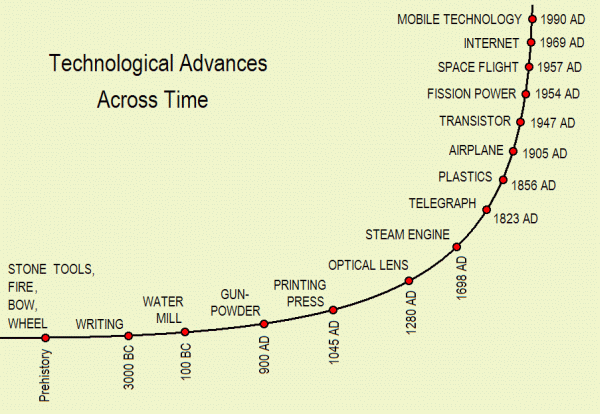
The Exponential Age
Tech 63100: Global Perspectives on Emerging Technologies
Spring 2024
What Tech Calls Thinking
Question: Is social media harmful?

Communication
The digital revolution has allowed for global communication to be accessible to anybody with an internet connection. Almost any content can be beamed across world and those who use the internet to brand, market, influence, or simply feed their ego will duplicate their content across multiple platforms creating redundancy of information, regardless if it is good, bad, or dangerous. The platforms themselves are setup to enable this abuse in communication as they live and thrive by engagement (Daub, 2020). Columbia (2020) recognizes that these social media platforms can create environments for bullying and exclusion, unrealistic expectations, normalizing risk-taking behaviors, and can be generally detrimental to mental health. Some platforms may elect to censor content to create the illusion of moral responsibility but in reality they are shaping the "appearance of the market" based on the bias of its executives whether it be politics, policy, or other (Daub, 2020).
The Exponential Age
Question: What are the General Purpose Technologies (GTPs) throughout history?

The Exponential Age
An exponential technology is one that can improve at rate of roughly 10% per year over several decades, and not just a short-lived trend. Per this definition, exponentially has become wide-spread in 4 key domains (Azhar, 2021):
-
Computing: the exponential improvement in semiconductors as sped up processing allowing for the explosion of the internet, ability to process big data, utility of the smartphone, and advancements in artificial intelligence.
-
Energy: the exponential improvement in batteries has allowed storage of renewable energy solving the key limitation to renewable energy adoption - intermittency.
-
Biology: the exponential improvements in genome sequencing and synethic biology has revolutionized biotech.
-
Manufacturing: the exponential improvements in additive manufacturing, such as 3D printing, has seen drastic improvements in manufacturing performance and reduction in waste.
The litmus test in identifying exponential technology is to determine if it is a general purpose technology (GPT). A GPT is a technology that generates other technologies and has a major long term influence on the Human Condition (Stephenson, 2019). GPTs transform society "beyond recognition" typically driving changes to infrastructure, policy and regulations, and culture. The driver for exponential improvements of GPT is not the technology itself, as Moore's Law may suggest, but the people. There's needs to be a core set of people with interest, who learn by doing, and thus inherently improve the technology. The improvements must be desired by the general public in order to increase demand. The demand creates a need to generate more, which then drives the need to increase the workforce, which effectively increases the set of experts who continue to improve the product through learning by doing which continues the cycle of demand increasing operations leading to further improvements (Azhar, 2021).
References
Azhar, A. (2021). The Exponential Age. Diversion Books.
Columbia University (2021, Sep 27). Just how Harmful is Social Media? Our Experts Weigh-in. Retrieved February 2024 from Columbia Mailman School of Public Health: https://www.publichealth.columbia.edu/news/just-how-harmful-social-media-our-experts-weigh.
Daub, A. (2020). What Tech Calls Thinking. New York: FSG Originals.
Stephenson, B. (2019, Sep 18). A Brief History of General Purpose Technologies. Retrieved February 2024 from Medium: https://energyscholar-20361.medium.com/general-purpose-technology-is-a-thing-5712383d777e.